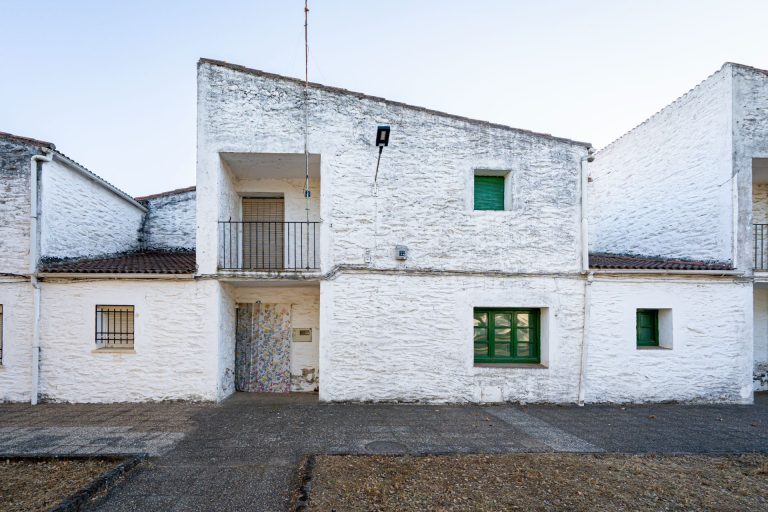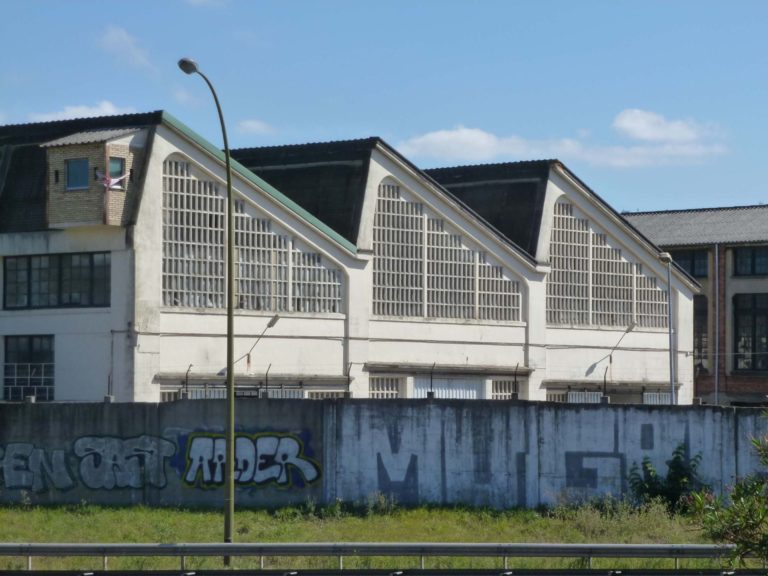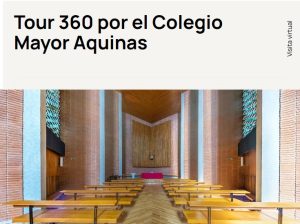Abstract
In the 1960s the profound social changes of the postwar trigger a heated debate withinthe various movements of architectural thought.We are in the genesis of the consumer society, in which the allure of modernity isconveyed by advertising and democratization of new media. The first effects of westglobalization and new industrial products invade the domestic space, transforming,permanently, the everyday life of rising middle class.Film industry is not alien to the movements of society and the technical advances oftime and takes, in some European authors, a social commitment, which reflects the newcritical ideologies, transforming it in an instrument of counter power. Therefore, filmproduction steps away from the set, as a mere illustration and framework of action, whilethe cameras leave the studios, replacing it by the expanding cities, consolidated as theelection plateau of the twentieth century.It is in this context that architecture, while stage and effective support of socialchanges of this time, becomes the main character of the work of French filmmaker JacquesTati (1907-1982) who, in the film Mon Oncle (1958) and Playtime (1967), develop acinematic reflection on stereotypes of modern architecture and design, and related socialphenomena of the 1960s.At a time when the social bases of modern architecture are under review, Tati showsus the rapid growth of cities and their expansion towards the periphery, where the highconcentration of population and the proliferation of new industrial districts rise toincreased speculation.The criticism of the filmmaker reveals and undermines the limitations resultingfrom the schematic rationalization of the Athens Charter (1933), with regard to Zoningand the proliferation of stereotyped buildings. In this sense, it draws a caricature ofstandardization, a result of new industrial techniques and materials that make modernarchitecture in a serial productive and reproductive system, promoting its own image asa slogan of the movement.Thus, in Playtime, points to constructing height of office buildings, banners of moderncity, and its dependence on new infrastructure repertoire (lift, electricity, air conditioning,intercom …).The increasing mechanization of space and automation of society are equallyquestioned in the machine dwell illustrated by Arpel house in Mon Oncle. Here, everythingcommunicates as Le Corbusier#8217;s (1887-1965) free plant, but the functionalism fades awayin the prevalence of symbolic representation and communication of social status.Likewise, everyday relations with built space, illustrated in his films, meet the newtheories and approach of the space organization, combined with social sciences, convergingon the critic of functional rationalism of the Modern Movement and passive submissionof architectural production to determinants of capitalist society.The place, the space design and its relationship with the man becomes thus a centralissue, proposing various theoretical and practical models of analysis of the relationshipbetween design, architectural form and space appropriation.
Access the thesis











